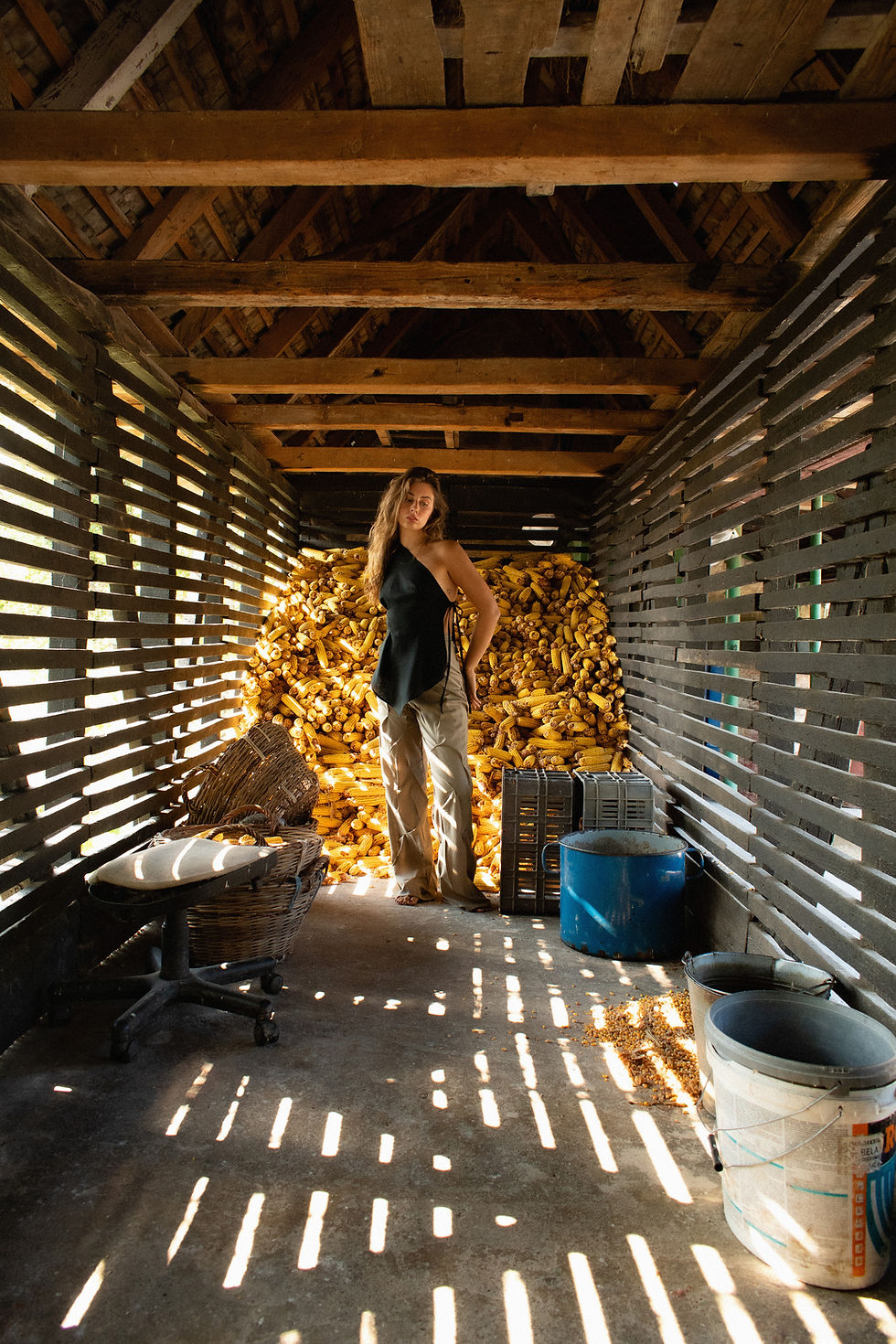The Aesthetics of Aura Art
- Savina Ražnatović
- Mar 13
- 2 min read
A term I use to define a specific visual approach. Not a movement, but a distinct way of making images. The name refers to the way these works seem to radiate energy. Color dissolves into space. Figures are suggested rather than defined. The atmosphere feels suspended rather than fixed.
Aura Art is figurative but highly stylized. Forms are simplified, reduced to their essential gestures. Details are unnecessary. Instead of hard edges, transitions are soft. Instead of contrast, there is flow. The image appears as if seen through diffused light, with colors that shift gradually rather than sharply. The effect is clarity without rigidity, precision without harshness.


Certain artists exemplify this approach. Tea Lee, Harold Roth, Mary Herbert. Their works are not abstract, yet they avoid realism. Instead of rendering the visible world, they create a sense of presence. Something felt rather than observed.
Walter Benjamin described aura as the unique presence of an artwork in time and space, something that withers in the age of mechanical reproduction. Aura Art challenges this idea. It does not depend on uniqueness in the traditional sense but instead creates an experience of aura through perception. The glow, the softness, the way color seems to expand beyond the surface—these elements construct an atmospheric presence that is felt even through digital reproduction.
Aura Art connects to historical ideas about color and perception. There are echoes of Color Field painting, where color dominates over form. Connections to Theosophical art, where color is linked to energy. A relationship with the digital, where images are designed to glow on a screen. But Aura Art is not about theory or ideology. It is about an aesthetic effect, a specific way of handling form and color to produce a particular kind of visual experience.
It is not about what is represented but how it is perceived.







Comments